India and the U.N. - 2 Class 5 Worksheet SST
Q1: Multiple Choice Questions (MCQ)
(i) Which year did India become a member of the United Nations?
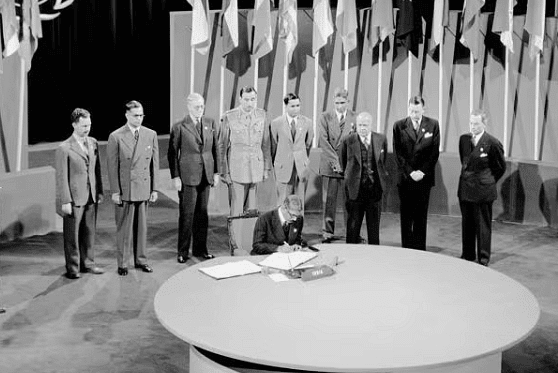 (a) 1950
(a) 1950
(b) 1945
(c) 1965
(d) 1971
Ans: (b)
India became a member of the United Nations in 1945, shortly after gaining independence from British colonial rule.
(ii) The headquarters of the United Nations is situated in:
(a) New York City
(b) Geneva
(c) London
(d) Paris
Ans: (a)
The main headquarters of the United Nations is located in New York City, USA.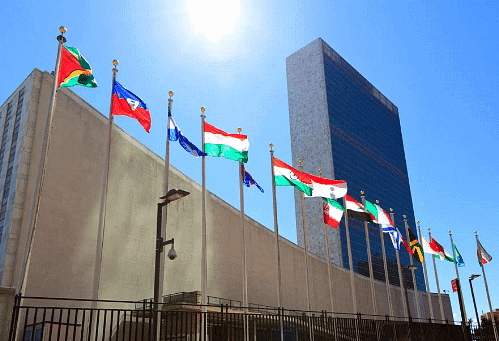 (iii) How many main organs does the United Nations have?
(iii) How many main organs does the United Nations have?
(a) 2
(b) 3
(c) 5
(d) 7
Ans: (c)
The United Nations has five main organs: General Assembly, Security Council, International Court of Justice, Secretariat, and Economic and Social Council.
(iv) The United Nations was established after which major event?
(a) World War I
(b) Cold War
(c) World War II
(d) The Great Depression
Ans: (c)
The United Nations was established after World War II with the aim of preventing future conflicts and maintaining global peace.
(v) Which organ of the United Nations is responsible for maintaining international peace and security?
(a) General Assembly
(b) International Court of Justice
(c) Secretariat
(d) Security Council
Ans: (d)
The Security Council is responsible for maintaining international peace and security. It has 15 members, including 5 permanent members with veto power.
Q2: Fill in the Blanks
(i) The United Nations is an international organization that promotes ________________ and cooperation among countries.
(ii) India became a member of the United Nations in the year ________________.
(iii) The main headquarters of the United Nations is located in ________________.
(iv) The United Nations has ________ main organs that work together to achieve its goals.
(v) The United Nations was founded after World War ________________ to prevent such conflicts in the future.
(vi) The General Assembly is one of the main organs of the United Nations and all member countries have ________________ in it.
(vii) The Security Council is responsible for maintaining ________________ and security in the world.
(viii) The Secretary-General is the head of the ________________ branch of the United Nations.
(ix) The United Nations promotes human rights and works towards improving the living standards of people through its ________________ programs.
(x) The United Nations celebrates an annual day called "United Nations Day" on ________________.
Ans:
(i) peace
(ii) 1945
(iii) New York City
(iv) six
(v) II
(vi) representation
(vii) peace
(viii) administrative
(ix) development
(x) October 24
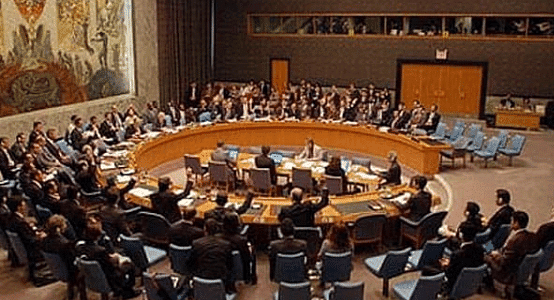
Q3: True and False
(i) India joined the United Nations in 1945. (True/False)
(ii) The General Assembly is the main body responsible for making and enforcing laws. (True/False)
(iii) The United Nations was formed to prevent future conflicts and promote cooperation among nations. (True/False)
(iv) The Security Council has 10 non-permanent members and 5 permanent members. (True/False)
(v) The Secretary-General of the United Nations is a political leader of a member country. (True/False)
Ans:
(i) False: India joined the United Nations in 1945, not in 1947.
(ii) False: The General Assembly is a main body, but it is primarily responsible for discussions and making recommendations, not for enforcing laws.
(iii) True: The United Nations was indeed formed after World War II to promote cooperation among nations and prevent future conflicts.
(iv) False: The Security Council has 15 members, 5 of which are permanent (with veto power) and 10 are non-permanent members.
(v) False: The Secretary-General is not a political leader but rather the head of the administrative branch of the United Nations.
Q4: Match the Following
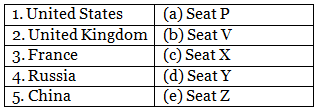
Ans: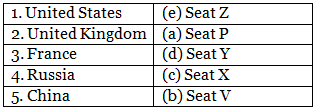
Q5: Short Answer Questions
(i) What is the main purpose of the United Nations?
Ans: The main purpose of the United Nations is to maintain international peace and security, promote cooperation among nations, and work together to solve global problems such as poverty, disease, and climate change.
(ii) Name any two organs of the United Nations and briefly explain their roles.
Ans:
- General Assembly: The General Assembly is a main organ where all member countries gather to discuss and make recommendations on various international issues. Each member country has one vote, promoting equality in decision-making.
- Security Council: The Security Council is responsible for maintaining international peace and security. It has the authority to impose sanctions and even military action to address threats to peace.
(iii) Why is the Security Council important in the United Nations?
Ans: The Security Council is important because it has the power to make decisions that are binding on all member countries. It can take measures such as imposing sanctions or authorizing military action to address conflicts and threats to peace.
(iv) How does the General Assembly promote international cooperation?
Ans: The General Assembly promotes international cooperation by providing a platform for member countries to discuss global issues, share their perspectives, and make recommendations. It helps in building consensus and coordinating efforts to address common challenges.
(v) Explain the role of the Secretary-General in the United Nations.
Ans: The Secretary-General is the head of the administrative branch of the United Nations. They manage the day-to-day operations, represent the organization globally, and work towards implementing the decisions of the General Assembly and the Security Council. The Secretary-General also acts as a mediator and diplomat in resolving international disputes.
|
33 videos|419 docs|50 tests
|
FAQs on India and the U.N. - 2 Class 5 Worksheet SST
| 1. What is the role of India in the United Nations? |  |
| 2. How does India benefit from being a member of the United Nations? |  |
| 3. What are some of the contributions made by India to the United Nations? |  |
| 4. How does India engage with other countries in the United Nations? |  |
| 5. What are some of the challenges faced by India in its engagement with the United Nations? |  |
















